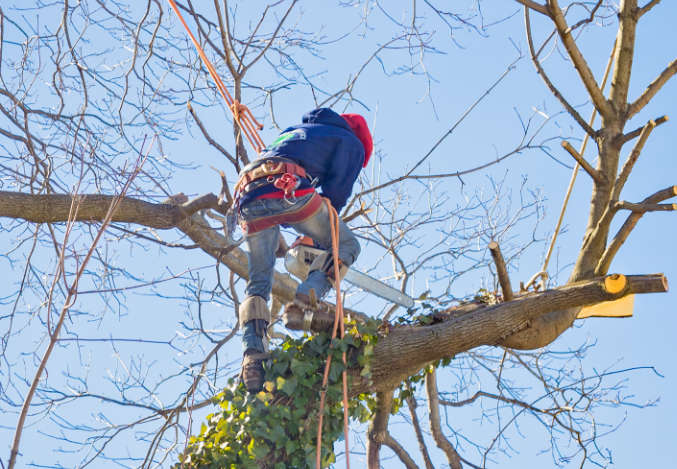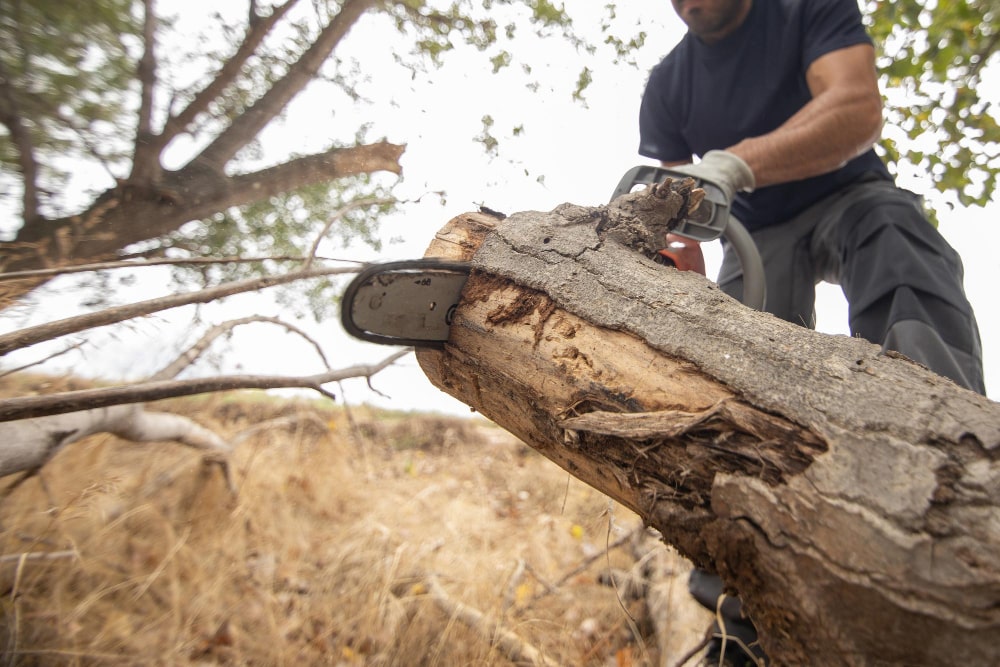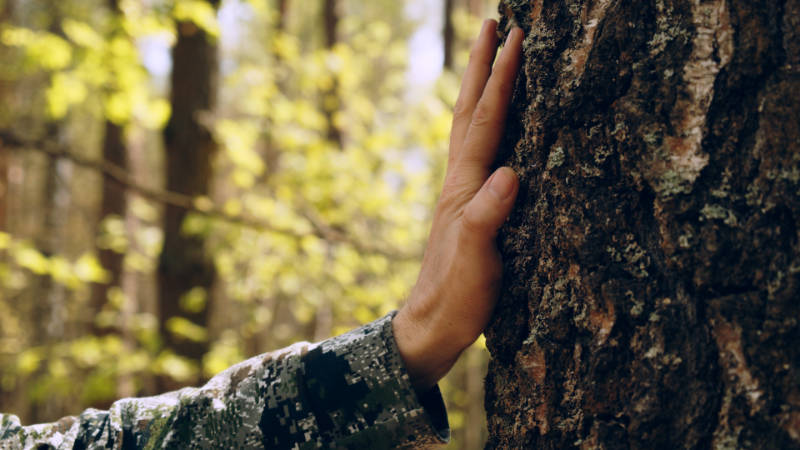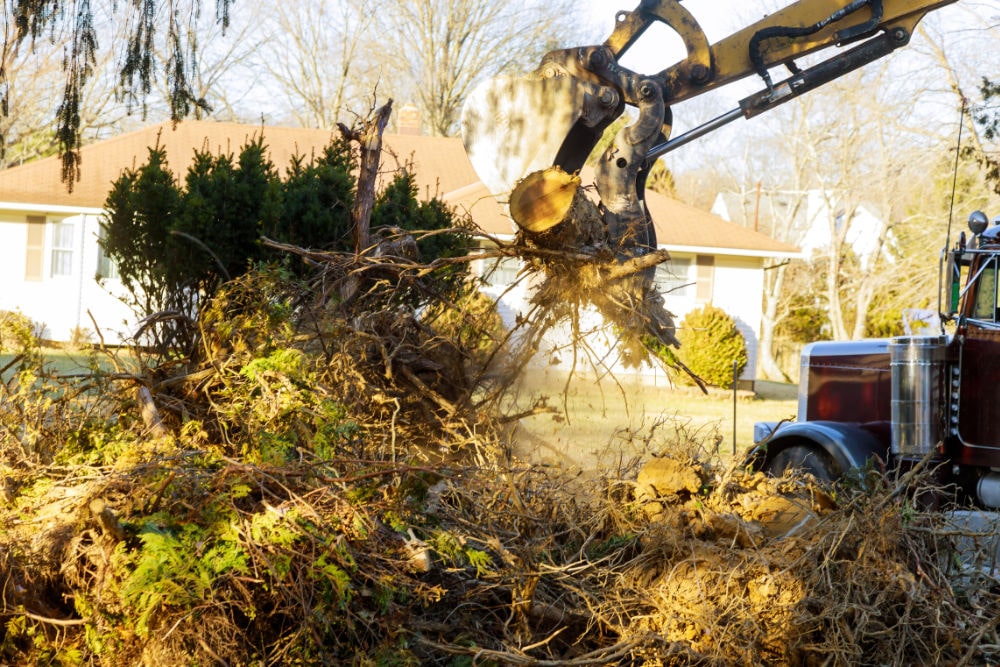While a tree getting sick or dead is not a common event, it’s not a random roll of the dice. This is because most trees, once fully grown can resist diseases, difficulties related to insects, and extreme climate conditions.
However, once the strength and overall health of a tree are compromised, it becomes susceptible to many problems, making it critical to act as soon as possible. This article will help you to find the problem and provide the next steps to bring your tree back to full health.
Actions you need to take to Save a Sick and Dying Tree
Below are the four steps you need to take to revive an off-color or dying tree.
1. Identify the problem
The first and most essential step to save a sick or dying tree is to spot the cause of its illness. Some of the main reasons a tree will make a turn for the worst are – changes in the environment, pest infestation, and diseases.
A tree can get used to most circumstances and grow appropriately. But if their atmosphere were to abruptly change, it can trigger issues leading to complete tree removal.
If you have changed the environment around the bottom of the tree, then there are very good chances of soil compaction. The compacted soil can cause poor water and nutrient uptake by the tree leading to diseases or the complete downfall of the tree.
Another possible problem can be contamination. This can develop by oil spills or other chemicals in the region of the tree. In fact, pouring chemicals in a drain without the knowledge of the tree roots being tapped into that drain can also result in complete tree removal in Austin, TX.
A pest invasion is an indication that your tree has been sick for quite some time. So, you must call for timely webworm treatment to avoid drastic consequences for trees.
While the disease can strike a tree on many fronts, generally it will be due to a fungus or bacteria. Many tree owners in Texas opt for regular Ball moss and mistletoe removal to stay clear of the sad and unfortunate events of dealing with a dying tree.
2. Controlled pruning of trees
One of the most searched tree services in Austin, TX is pruning, especially when the tree is diseased. It takes only a professional eye to know how far a disease has spread. An experienced arborist can remove obviously diseased areas from an otherwise healthy tree. By dead branch removal and tree trimming and pruning, you can stop the infection from spreading.
The technique of pruning a tree and the time of tree pruning is of key importance as different techniques are used for different species of trees. Moreover, harsh pruning can disturb an already struggling tree’s system. So, please be extra careful when doing tree pruning.
Further, by removing one-third of a tree’s foliage, you can boost its health as it can now center its resources on the leftover branches. As a matter of fact, pruning works like an antibiotic to the tree.
One of the most important reasons a tree gets ill is due to a lack of water. So, a measured prune will let the tree live on a lot less water.
In some situations, your tree might be too far gone to save and removal is mandatory. For such circumstances, these factors will be very helpful to study when considering tree removal in Austin, TX.
3. Implement a watering schedule
Aged trees or fully-grown trees survive dry seasons or even over-wet ones without any issues. However, younger trees may have to deal with issues related to too much or too little water.
Often too much watering of trees is due to the weather conditions and not due to your lawn-watering schedule. It is concerned with the drainage of the soil in the vicinity of the tree.
Look for signs such as water-logging, where the tree roots have become soft and mushy. Or when you see moss and molds growing on the dirt around the tree, or you notice a lack of grass. All these are warning signs of the over-watering of trees causing the soil around the trees to be saturated with water. The solutions to this problem are to drain water from that area and find ways to introduce more sunlight.
However, if you trust under-watering is the subject of concern, then you can easily work it out with a garden hose or a sprinkler.
4. Deep Root Fertilization
Deep root fertilization is a specific type of fertilizer treatment used to help bring back trees that are struggling or showing signs of decay. This healing treatment utilizes high-pressure professional equipment to insert a mixture of nutrients and organic matter into the soil around your trees’ roots.
Further, it cuts down the odds of all the nutrients getting soaked up by your yard’s grassroots, being washed out by the water, or being driven away by the wind.
Consult an Arborist in Austin, TX
Using the above tips, you can salvage a dying tree that’s having problems from anything but severe disease. For those with big, challenging tree disease, you’ll need to contact an arborist to get professional treatment.







